
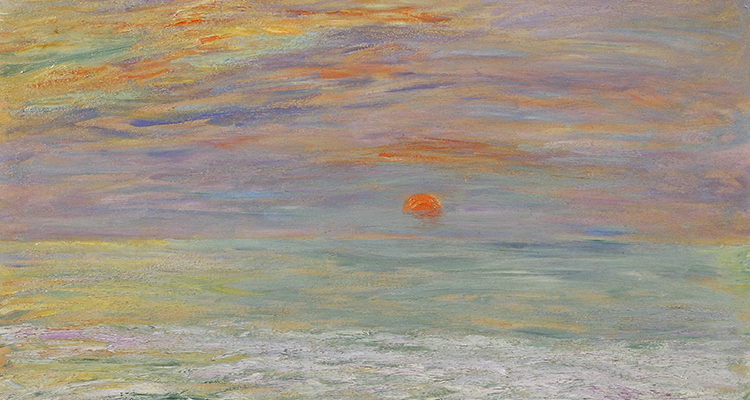
Exhibition
Exhibition
YAWATAGAKI MUTSUKO'S QUILT ART: The Metamorphosis of Antique FabricsNovember 26 to December 21, 2024
Closed: Sundays and national holidays
Opening hours: 10:00 - 17:00 (reception closes at 16:30)
Organizer: Marubeni Gallery
In Cooperation with: The Izumo Museum of Quilt Art

Exhibition Introduction
Yawatagaki Mutsuko’s creative process draws on traditional European and American quilting techniques, but her materials are Japanese. Working from highly detailed plans, she carefully salvages small pieces of antique fabrics from kimono dating from the Edo to Showa periods, stitching together as many as several thousand scraps to create her own sensitive interpretations of beloved themes from Japanese art, such as birds and flowers of the season.
“My aim is to help in transmission to the next generation,” Ms. Yawatagaki says. And, indeed, by taking scraps of old cloth and transforming them into a new work of art – a true metamorphosis – she passes on the stories that dwell within the fabric while also communicating her own thoughts and dreams. Marubeni Gallery was established as "a space where the aesthetics of the East and West in ancient and modern times resonate with each other," making it the perfect setting for us to appreciate and explore the many-layered stories within each this artist’s works.
Since embarking on her creative journey in the 1990s, Ms. Yawatagaki has created more than 350 quilts. In this exhibition, we present a selection of mostly large-scale works, ranging from her earliest period to her newest quilt, inviting you to enjoy the richness and variety of Yawatagaki Mutsuko’s quilt art.
About this Exhibition
Hoo (Phoenix)
This quilt was inspired by a work by the Edo-era painter Itō Jakuchū. In a dream, I visualized Jakuchū’s phoenix in its entirety, imagining even the tips of feathers that Jakuchū did not include in his composition. This work brings to view that powerful shape and spread as I saw it. I created the body of the phoenix using hundreds of pieces of a rinzu silk satin damask, which has a sheen that changes depending on how it catches light. This gives the feathers a graceful and divine appearance. For the tail feathers, I used ro, an airy, semi-sheer silk that lends a light and elegant feel. To emphasize the phoenix as the main subject, for the background I used the decorative sleeves of Meiji-era kimono pieced together in a bold design. Into this work, created from dozens of different fabrics, I poured my prayers for the world as they arose during the tumultuous days of the pandemic and war.
Kira no Hana (Flowers of Finery)
I was extremely fortunate, thanks to various people, to be entrusted with a white juban kimono undergarment that belonged to the Taisho emperor. From this precious garment, I made some of the white chrysanthemum petals in this work. The chrysanthemum is a symbol of Japan, and with these blooms, I express the deep emotion I felt as I sewed together more than 200 individual petals fashioned from scraps to create each of the flowers. There is also a chrysanthemum pattern woven into the black fabric that frames the entire work, which is from a Meiji-era obi kimono sash. In the selection of this fabric, too, you can see my deep love and admiration of the chrysanthemum flower.
Enko (Brilliant Red)
By adopting a simple composition based on geometric patterns, I created a work in which viewers can enjoy the contrast in colors and feel the sense of dimension. Most of the fabric scraps used in this painting-like work, which measures more than 5 x 9 feet (1.6 ×2.8 m), are brightly colored muslin, salvaged from a type of undergarment, called a juban, that is worn under a kimono. I imagined that wrapping one’s body in a bold pattern in red or orange, to be felt but not seen, must have created a sense of exhilaration that was both personal and private. I wanted this work to capture and express that special feeling of excitement.
Future Exhibits (Title/Details):
Spring Festival Special Exhibition — Botticelli: La Bella Simonetta — (March 18 to May 24, 2025)
Past exhibitions

Beauty in Formality: Exploring the Marubeni Collection’s Noh Robes
Wafrica: In Search of a Third Aesthetic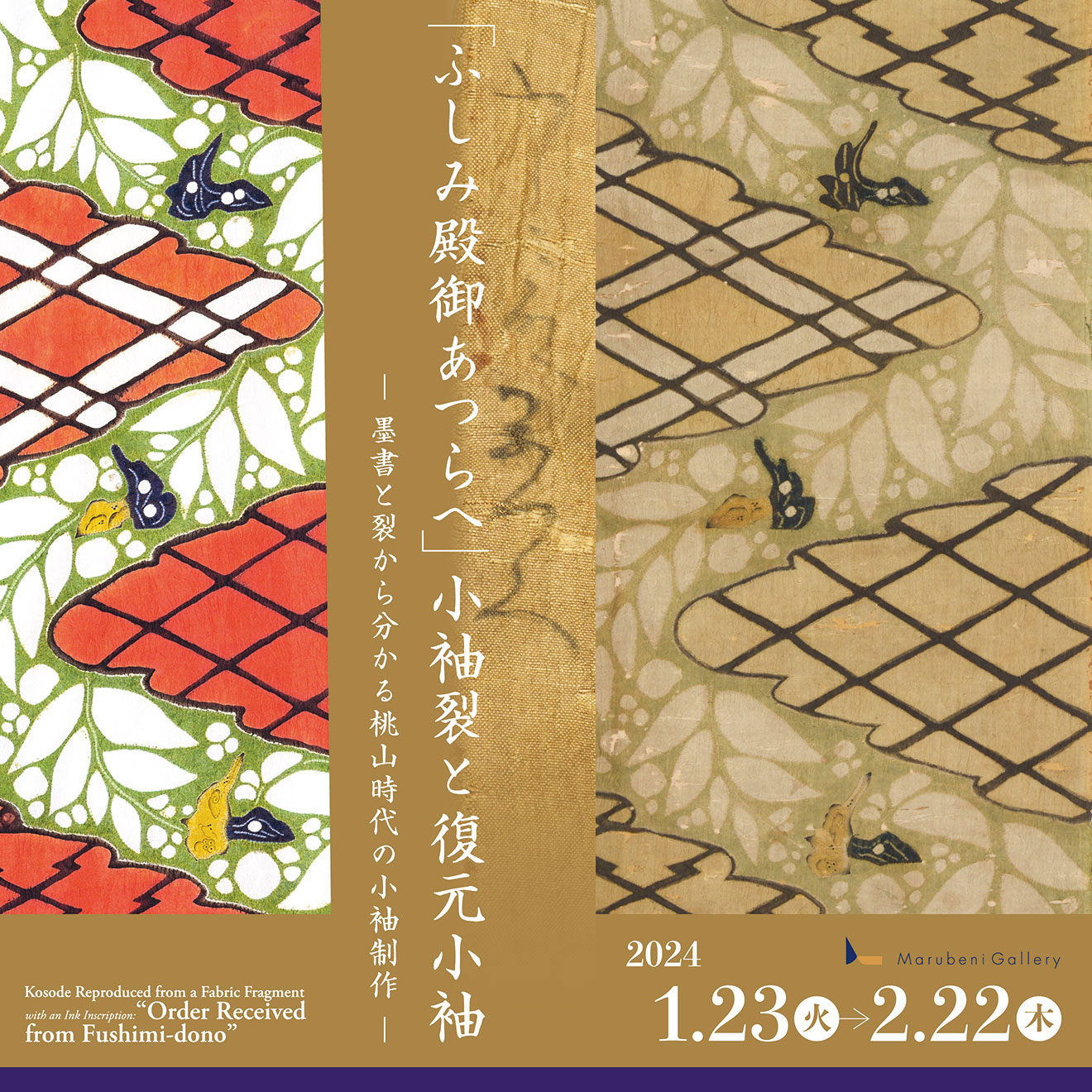
Kosode Reproduced from a Fabric Fragment with an Ink Inscription “Order Received from Fushimi-dono”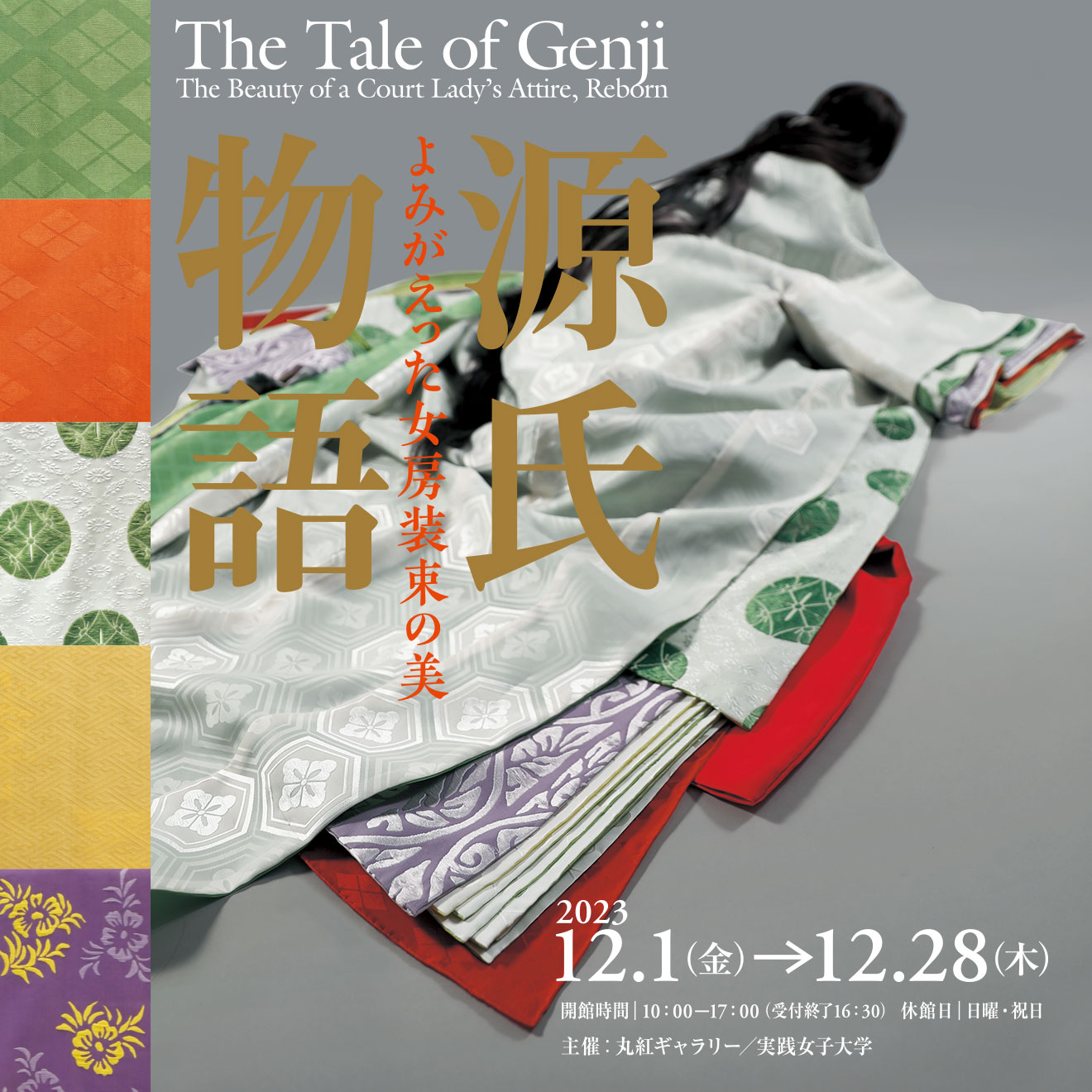
The Tale of Genji The Beauty of a Court Lady's Attire, Reborn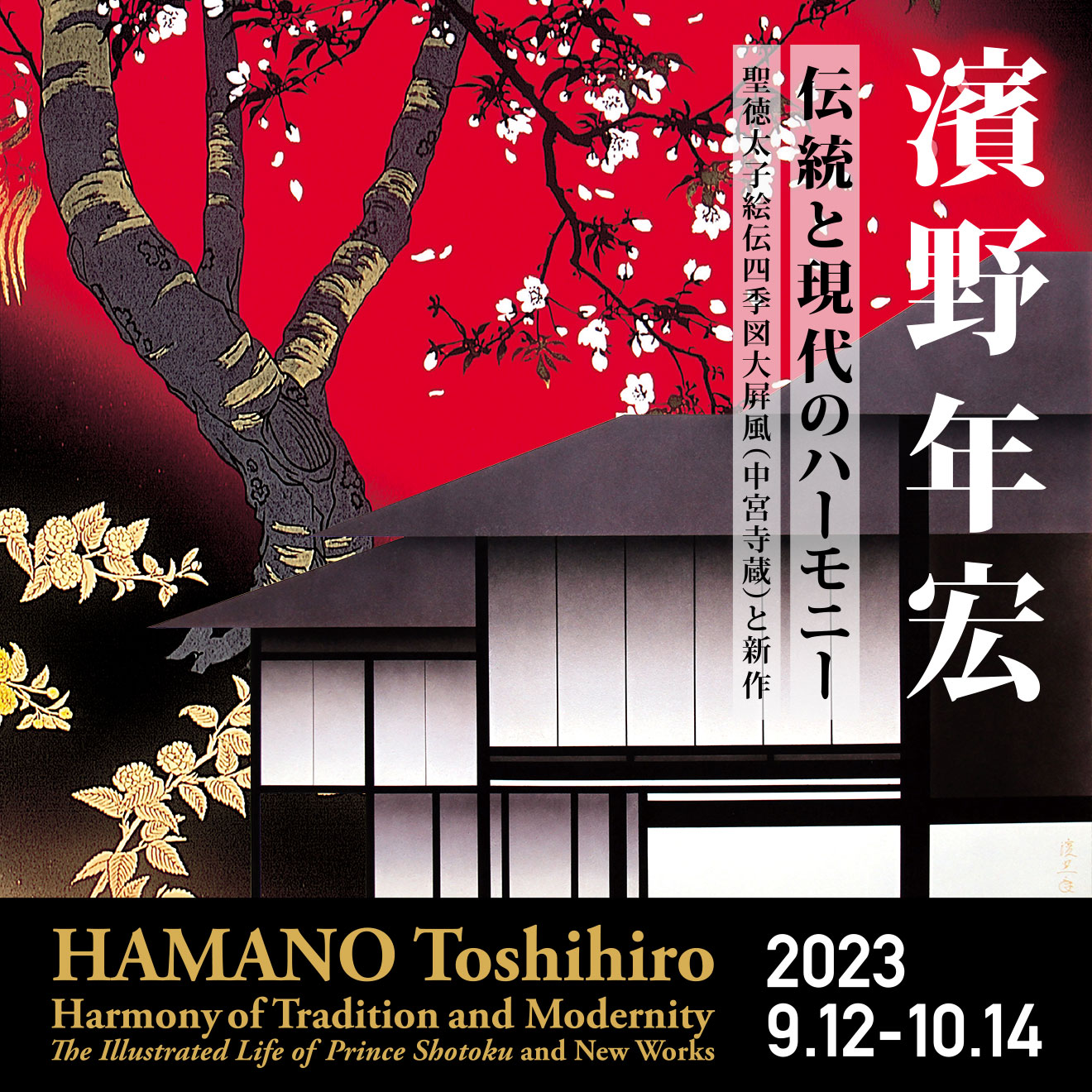
HAMANO Toshihiro:
Harmony of Tradition and Modernity-The Illustrated Life of Prince Shotoku and New Works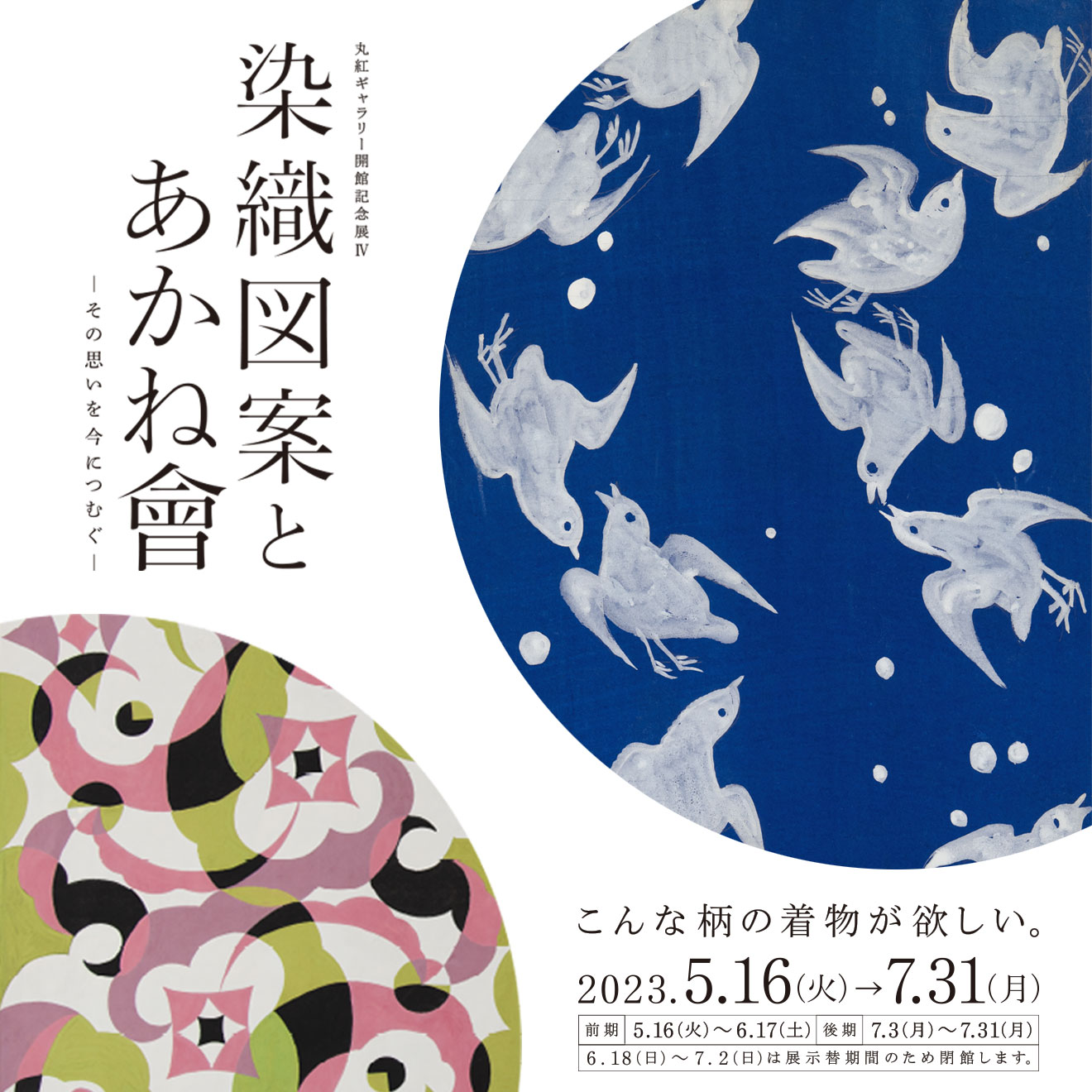
Marubeni Gallery Opening Exhibition IV
Textile Designs and the Akane-kai—
Spinning the assion of the Past into the Present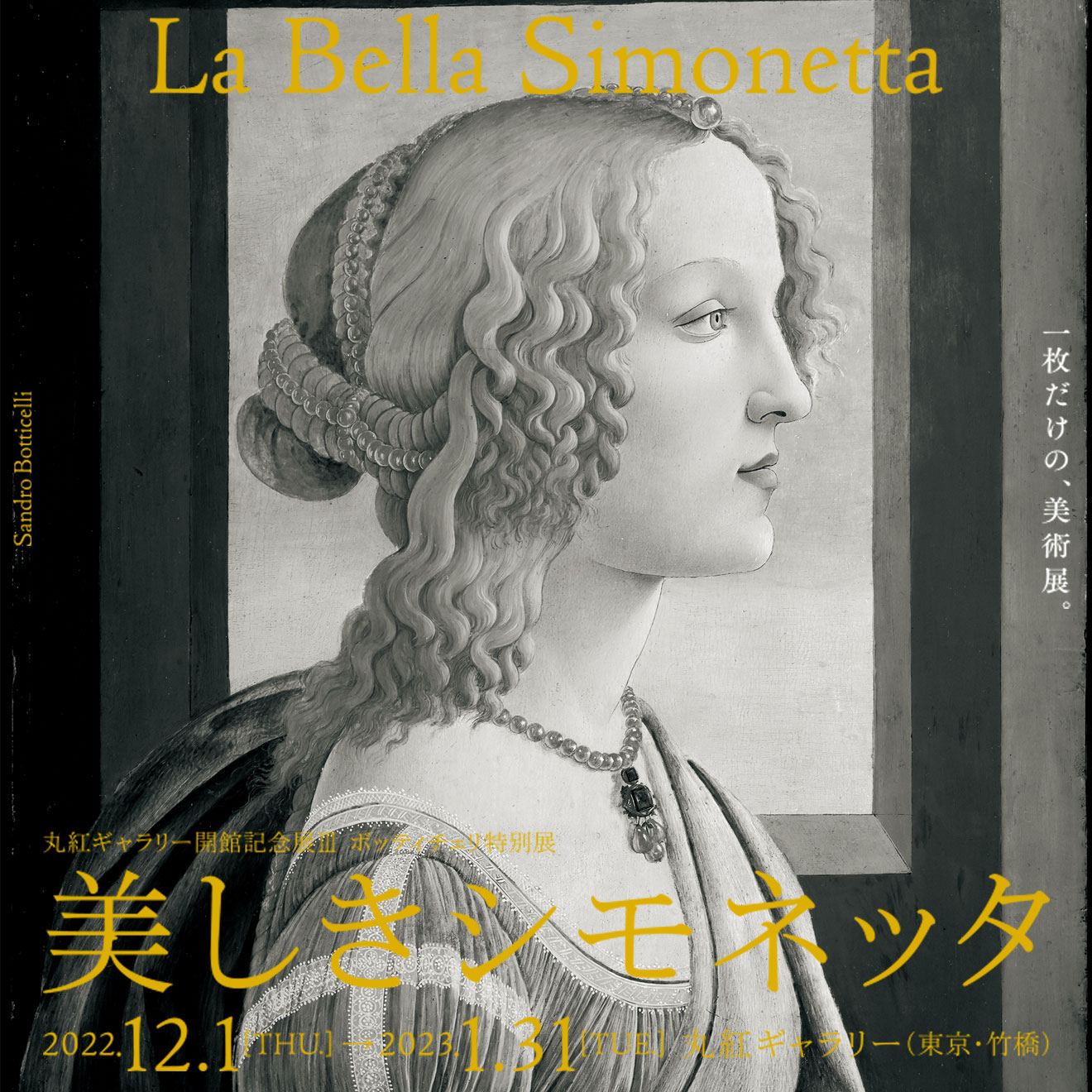
Marubeni Gallery Opening Exhibition III
Botticelli Special Exhibition
La Bella Simonetta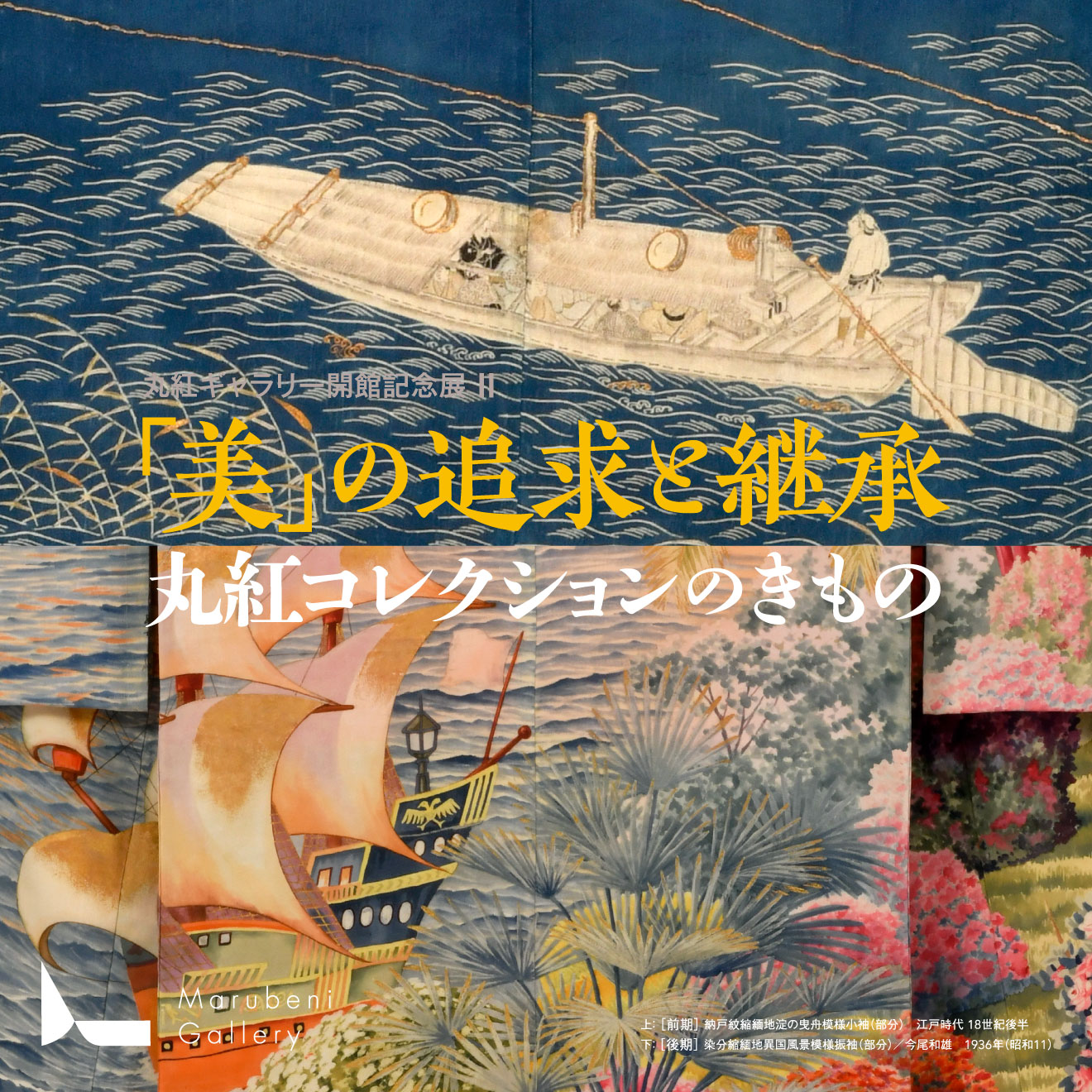
Marubeni Gallery Opening Exhibition II
Pursuing and Passing Down the Beauty - Kimono of the Marubeni Collection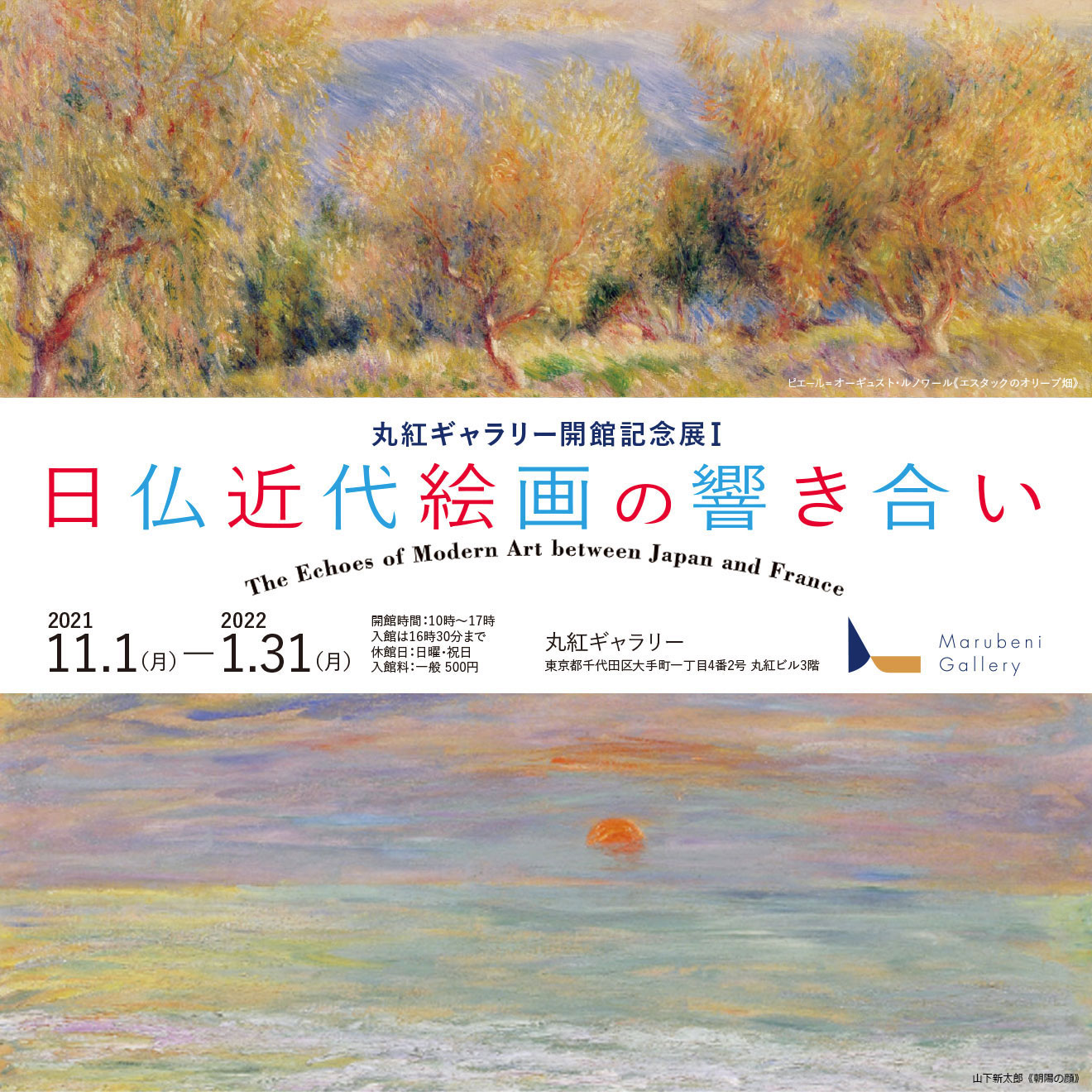
Marubeni Gallery Opening Exhibition I
The Echoes of Modern Art between Japan and France






